‘Pacific Standard Time’: L.A. Comes Into Its Own
Perhaps above all, these exhibitions reveal Southern California to be an authentic rival to New York as a world arts center "Pacific Standard Time" should cause critics and scholars to revise their sectarian outlooks and broaden their geographic horizons.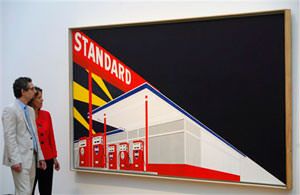
One of the most highly publicized art initiatives of the early 21st century is “Pacific Standard Time: Art in L.A. 1945-1980,” a collaboration between the Getty Foundation and the Getty Research Institute. This remarkable series of exhibitions throughout Southern California, running from October 2011 to April 2012, involves more than 60 cultural institutions and documents the emergence of Los Angeles as a vibrant postwar center for cultural production. Perhaps above all, these exhibitions reveal Southern California to be an authentic rival to New York as a world arts center. Pacific Standard Time should cause critics and scholars to revise their sectarian outlooks and broaden their geographic horizons.
When the Getty announced this initiative, some understandable skepticism in progressive cultural circles arose. After all, Getty, with its vast wealth and influence in the contemporary art world, could well be perceived as just another of the dominant institutions against which the current Occupy movements are justifiably protesting. Moreover, when Bank of America’s ATM receipts informed customers that “Bank of America celebrates the era that continues to inspire the world” and invited patrons to visit the Pacific Standard Time website, some were concerned about even more corporate influence over the arts than usual. That concern was also understandable. When corporations like Philip Morris and British Petroleum purport to be patrons of the arts, people should be suspicious about the deeper motivations of such enterprises and about the corrupting influence of big capital on national and international cultural policy.
Nevertheless, the Pacific Standard Time exhibition series is far more than an exercise in the corporate domination of Southern California visual art. To be sure, many of the exhibitions are showcasing major figures of postwar Los Angeles art — well-known white men like Ed Ruscha, John Baldessari, Ed Moses, Chris Burden, Edward Kienholz, Billy Al Bengston, Robert Irwin and Llyn Foulkes. Nothing is wrong with that. These artists have made major and enduring contributions to contemporary art history and additional exposure to their visual efforts further reduces the narrow, even provincial New York bias that has pervaded art criticism for too many decades.
A closer look at the exhibition schedule also reveals that several women from the region are widely represented. Among others, Vija Celmins, Betye Saar, Barbara T. Smith, Judy Chicago, and Suzanne Lacy make multiple appearances in PST venues. The presence of women artists, many of whom are notable for vigorous and controversial feminist statements in their work, augurs well for a more inclusive vision of the visual arts in the early 21st century.
But the major contribution of the Pacific Standard Time initiative is its extensive commitment to a multicultural and multiracial vision of the visual arts. Asian, Latino, and African-American artists in all creative realms are richly represented, adding genuine substance to one of the most diverse regions in the United States. Many of these are ethnically specific, offering viewers a wide opportunity to experience and enjoy the efforts of artists who, in many cases, have rarely had major public exposure. In some cases, in fact, PST exhibitions represent their first significant presentations before large audiences.
Some examples of these shows are revealing. The Autry National Center is presenting a show of Mexican-American artists who contributed to the emerging Chicano iconography. The paintings and sculptures there are especially relevant to a region with a large and growing Latino population. The UCLA Fowler Museum’s focus on the Chicano art movement, one of the most exciting postwar American artistic developments, features both extremely well-known figures from that movement and others whose efforts are less visible. And the Museum of Latin American Art in Long Beach is presenting a PST exhibition that enables viewers to link Mexican modernism with art created in Los Angeles between 1945 and 1985. Together, all these efforts have added an invaluable component to a deeper understanding of the Latino tradition of visual art — a tradition rarely mentioned in conventional art historical treatments until recent years.
Asian-American artists are also represented in Pacific Standard Time. The Japanese American National Museum is presenting a strong survey of Japanese-American contributions to Los Angeles visual art and culture following the end of World War II. Some scholars and critics know the men and women represented, but this exhibition gives the wider recognition that their collective creativity demands. The Chinese American Museum is featuring four postwar Chinese-American architects. These architects played pivotal roles in L.A.’s urban landscape, but they are off the radar in most art history classes and books. The show does double duty in elevating Chinese-American contributions and architecture to their proper place in contemporary cultural knowledge. The African-American contributions to the Los Angeles area’s artistic ferment are an especially prominent component of Pacific Standard Time. The UCLA Hammer Museum is featuring “Now Dig This,” a survey of some of the major Los Angeles figures of postwar African-American art, including David Hammons, John Riddle, Bill Pajaud, Betye Saar, Ulysses Jenkins, Noah Purifoy, John Outterbridge, Suzanne Jackson and others. By bringing this vibrant tradition to the Los Angeles West side, more residents from vastly different racial and socio-economic backgrounds will have a serious exposure to outstanding black artworks in this well-curated exhibition. The UCLA Film and Television Archive, located in the Hammer Museum, is simultaneously presenting a PST series of 40 film and video works by Los Angles-based African and African-American filmmakers who met at UCLA and who made powerful contributions to this major visual art form.
In the San Fernando Valley, California State University at Northridge is showing a comprehensive exhibition of African-American photography. Its approximately 125 images reflect the panorama of developments in the arts, politics, religion, and family life in Los Angeles black communities after World War II. Drawn from the archives of the university’s Institute for Arts and Media, this exhibition is an invaluable resource for scholars and laypersons alike.
The most comprehensive show of African-American art, “Places of Validation: Art and Progression,” is at the California African American Museum in Exposition Park, near the center of black Los Angeles. (Full disclosure: I am the co-curator of this exhibition.) Featuring the same artists as those represented at the Hammer, it also has numerous other African-American artists, many of whom have long been neglected in mainstream academic and journalistic criticism. “Places of Validation” also contains scores of documents and photographs about the galleries and other institutions that provided exhibition venues to African-American artists who were excluded from dominant museums and commercial galleries on racial grounds.
Several other PST exhibitions are multicultural, going beyond one particular ethnic or racial group of visual artists. In January 2012, for example, Pomona College artist Sheila Pinkel will reprise her 1981 multicultural photography exhibition featuring works from Asian, Latino, white, and African-American artists. The Getty Center Museum is showing “Crosscurrents in L.A. Painting and Sculpture, 1950-1970,” which has many artists from ethnic and racial communities as well as women.
All of this and more constitute the first truly systematic exposition of the breadth of visual expression in postwar Los Angeles. The sheer magnitude of the initiative reflects a vision of the arts that is inclusive and that dramatically and effectively erodes the culture of exclusion that has despoiled conventional art history and criticism in their academic and its journalistic forms for decades. This is truly a rare opportunity to see how female and male artists of color have transformed the artistic landscape of Southern California and the nation.
But race, ethnicity and gender still matter. Even as we properly celebrate the achievements and the vision of Pacific Standard Time, we should guard against the frequently unacknowledged racism and sexism that persist, including in the arts. The postwar movement towards an inclusive artistic vision was merely the beginning of a long and complex journey to social justice in the arts. It needs to continue long after PST fades into the historic record.
Your support matters…Independent journalism is under threat and overshadowed by heavily funded mainstream media.
You can help level the playing field. Become a member.
Your tax-deductible contribution keeps us digging beneath the headlines to give you thought-provoking, investigative reporting and analysis that unearths what's really happening- without compromise.
Give today to support our courageous, independent journalists.
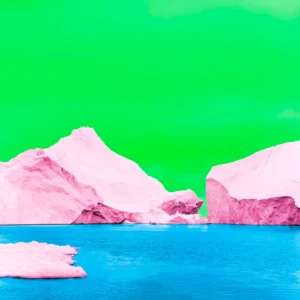
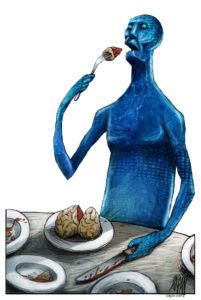
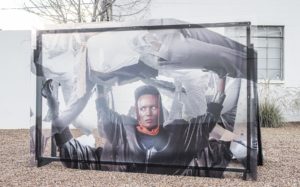
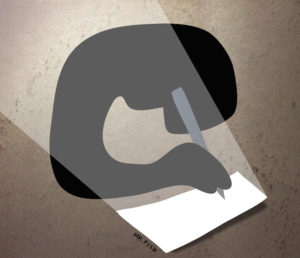
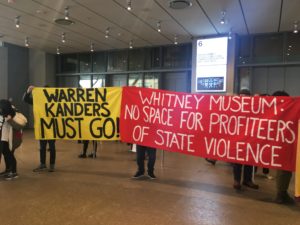
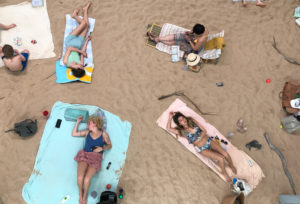
You need to be a supporter to comment.
There are currently no responses to this article.
Be the first to respond.